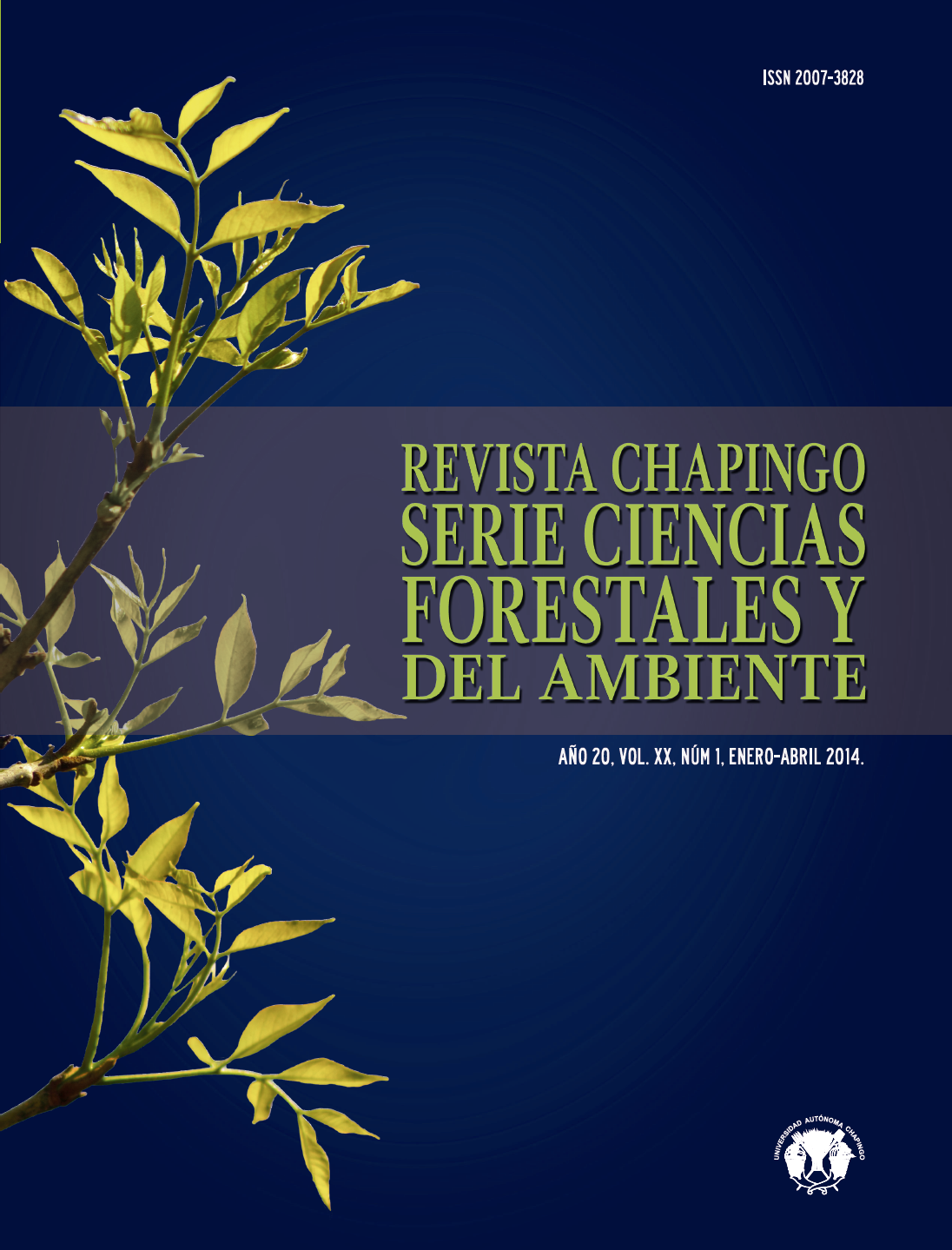Abstract
Hefei Round-the-City Park has typical urban forest characteristics. This paper uses vegetation ecology methods to analyze the community structure of the park, and species composition, tree-height distribution and DBH (diameter at breast height) were described. There are 27,662 trees in the study area, which has an urban forest area of 42.5 hm2. The average DBH was 19.2 cm, stand density was 651 trees·hm2 and average basal area was 20.8 m2·hm-2. Based on a health assessment, the trees in the park are in generally good health, as the healthy trees in the urban forest in the park accounted for 53.4 % of the total number. Through calculation of tree growth index and association correlation of component species in the park, the community structures were analyzed. The results show that community structures in the park are complex; there are 22 pairs of species with positive association and individuals in the following communities grow well and are more stable, including mainly Platycladus orientalis-Prunus cerasifera f., atropurpurea-Osmanthus fragrans, Robinia pseudoacacia-Ligustrum lucidum, R. pseudoacacia-Ginkgo biloba-Photinia serrulata, Populus canadensis-L. lucidum-O. fragrans, Sophora japonica-L. lucidum-Buxus sinica, Cyclobalanopsis glauca-Distylium racemosum.
References
Barnes, B.V. (1998). Forest ecology. New York, USA: John Wiley & Sons.
Fergal, M. (1997). Forestry and the environment-a sustainable prospect. Irish Forestry, 54(2), 33–41. http://www.societyofirishforesters.ie/pdf/Journals/1997_VOL54_NO2.pdf
Gobster, P. H. (1994). Urban Savanna: reuniting ecological preference and function. Ecological Restoration, 12(1), 64– 71. doi: https://doi.org/10.3368/er.12.1.64
Jim, C.Y. (1992). Provenance of amenity-tree species in Hong Kong. Arboricultural Journal, 16, 11–23. doi: https://doi.org/10.1080/03071375.1992.9746895
Kimmins, J. (2004). Forest ecology. New Jersey, USA: Prentice Hall,. Li, F., Liu, X. S., Wang, R. S. (2003). Advances in urban forest and its development strategies research. Chinese Journal of Ecology, 22(4), 55–59.
McBride, J. R., & Froehlich, D. (1984). Structure and condition of older stands in parks and open space areas of San Francisco, California. Urban Ecology, 8, 165–178. doi: https://doi.org/10.1016/0304-4009(84)90013-5
McBride, J. R., & Jacobs, D. F. (1986). Resettlement forest structure as a factor in urban forest development. Urban Ecology, 4(9), 245–266.
McPherson, E. G. (1998). Structure and sustainability of Sacramento’s urban forestry. Journal of Arboriculture, 24(2), 174–189. http://gis.fs.fed.us/psw/programs/cufr/products/cufr_26_EM98_9.pdf
McPherson, E. G., Nowak, D. J., Heisler, G., Grimmond, S., Souch, C., Grant, R., & Rowntree, R. A. (1997). Quantifying urban forest structure, function and value: The Chicago urban forest climate project. Urban Ecosystems, 1, 49–61. doi: https://doi.org/10.1023/A:1014350822458
Miller, R. W. (1997). Urban forestry: Planning and managing urban green spaces (2nd ed). New Jersey, USA: Prentice Hall.
Miller, P. R., & Winer, A. M. (1984). Composition and dominance in Los Angeles basin urban vegetation. Urban Ecology, 8, 29–54. doi: https://doi.org/10.1016/0304-4009(84)90005-6
Nowak, D. J. (1993). Historical vegetation change in Oakland and its implications for urban forest management. Journal of Arboriculture, 19(5), 313–319. http://www.ncrs.fs.fed.us/pubs/jrnl/1993/ne_1993_nowak_002.pdf?origin=publication_detail
Profous, G. V., Rowntree, R. A., & Loeb, R. E. (1988). The urban forest landscape of Athens, Greece: Aspects of structure, planning and management. Arboricultural Journal, 12, 83– 107. doi: https://doi.org/10.1080/03071375.1988.9756380
Profous, G. V., & Rowntree, R. A. (1993).The structure and management of the urban forest in Prague, Czechoslovakia. I. Growing space in metropolitan Prague. Journal of Arboricultural, 17, 1–13. doi: https://doi.org/10.1080/03071375.1993.9746942
Richards, N. A., Mallette, J. R., & Simpson, R. J. (1984).Residential greenspace and vegetation in a mature city: Syracuse, New York. Urban Ecology, 8, 99–125. doi: https://doi.org/10.1016/0304-4009(84)90009-3
Rowantree, R. A. (1984). Ecology of the urban forest-Introduction to part I. Urban Ecology, 2(8), 1–11. doi: https://doi.org/10.1016/0304-4009(84)90003-2
Rowantree, R. A. (1984). Ecology of the urban forest-Introduction to part II. Urban Ecology, 2(9), 229–243. doi: https://doi.org/10.1016/0304-4009(86)90002-1
Schluter, D. (1984). A variance test for detecting species associations, with some example applications. Ecology, 65(3), 998– 1005. http://www.planta.cn/forum/files_planta/schluter1984ecology_203.pdf
Song, Y. C. (2001). Vegetation ecology. China: Shanghai Normal University.
Wu, Z. M., Wu, W. Y., Gao, J., & Zhang, S. J. (2003). Analysis of urban forest landscape in Hefei. Chinese Journal of Applied Ecology, 14, 2117–2122.

This work is licensed under a Creative Commons Attribution-NonCommercial 4.0 International License.
Copyright (c) 2014 Revista Chapingo Serie Ciencias Forestales y del Ambiente



